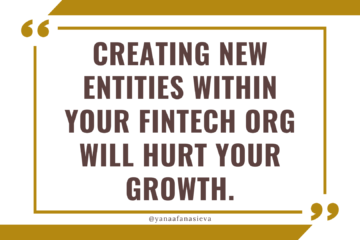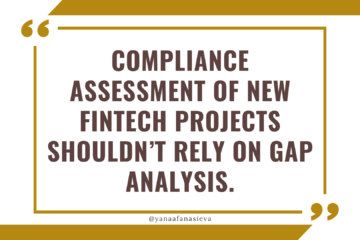Mastercard Crypto Venture: Too Many Cooks in the Kitchen. Who Will Drop Out First?
FinTech companies rarely can survive without banks, processors, and other financial partners. The more the merrier.
Today, I’d like to share with you my view on having too many partners and how do you know when it’s too many.
One notorious example of an epic failure with too many too-big-to-fail partners was the never happening launch of Libra/Diem coin. When I read about Mastercard launching their crypto services I got a total déjà vu feeling.
So, what’s up with Mastercard and crypto?
Mastercard announced that they will allow settlements with stable coins within their ecosystem. It sounds like a great idea in theory if people without a US bank account can pay and get paid in stable USD value and can have access to USD-denominated tokens.
Here’s a breakdown of who does what to make it happen:
- Paxos does stablecoins redemption. It receives stablecoins from wallet providers (payers), immediately exchanges them 1:1 for the underlying US dollars, and transfers those dollars to banking partners for settlement with merchants.
- Uphold (digital wallet provider) holds stablecoins of users that are linked to the prepaid cards and when the buyer (card owner) wants to spend their stablecoins using the card, Uphold sends these stablecoins to Paxos for US dollar redemption.
- Evolve Bank is the issuing bank participant in the Mastercard Network, they receive US dollars from Paxos and transfer them to Mastercard for settlement.
- Mastercard receives US dollars from Evolve and makes sure merchants get paid in USD.
Frankly, this supply chain looks like too many cooks in the kitchen. Just think about it: why would you need to go through four institutions and pay their fees and commissions, when you can directly send stablecoins to the merchant. It just does not make any commercial sense.
Now imagine this: SEC has issued an “investigative subpoena” to Circle in relation to their USDC coin program and specifically in relation to their interest-bearing product called Circle Yield. Circle’s USDC market cap is about $26.8 billion and it is heavily used in DeFi and centralized cryptocurrency lending to earn interest for stablecoin holders.
Every one of these big players is going to be concerned about whether or not they can continue supporting USDC. This is not to mention the implications of the upcoming US Crypto Bill for US stablecoins in general.
When you have so many big inflexible players concerned about their reputation, one of them will drop out. And you need just one for the whole chain to break.
My view is that this specific payments chain is set to fail because it does not remove friction and it does not create any new opportunities that people cannot do without them.
That is why I am convinced that it’s not going to survive. Let’s watch and see who is going to be their weakest link.
Any guesses?

